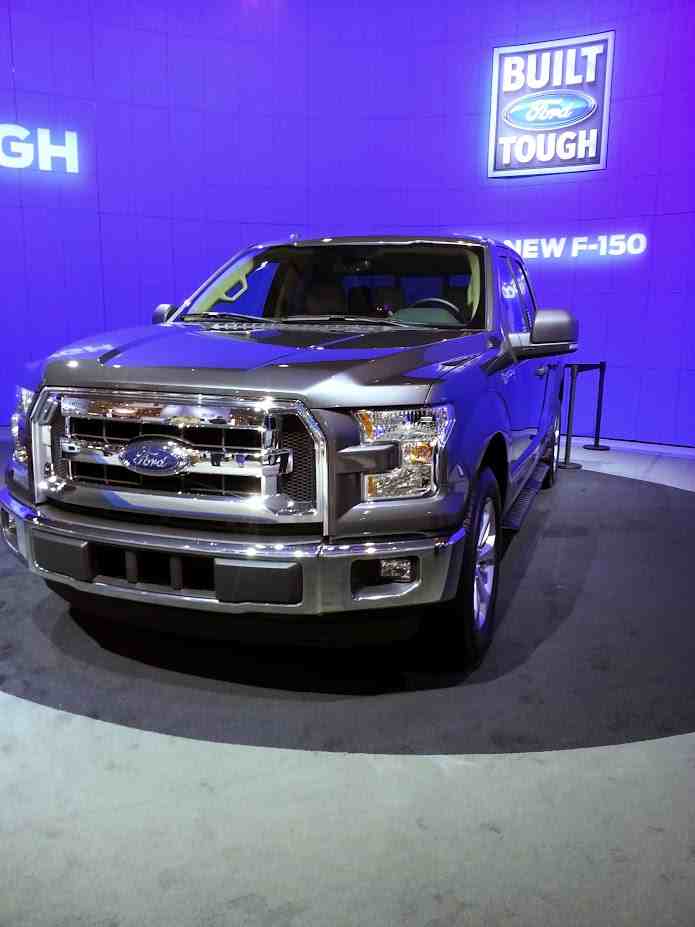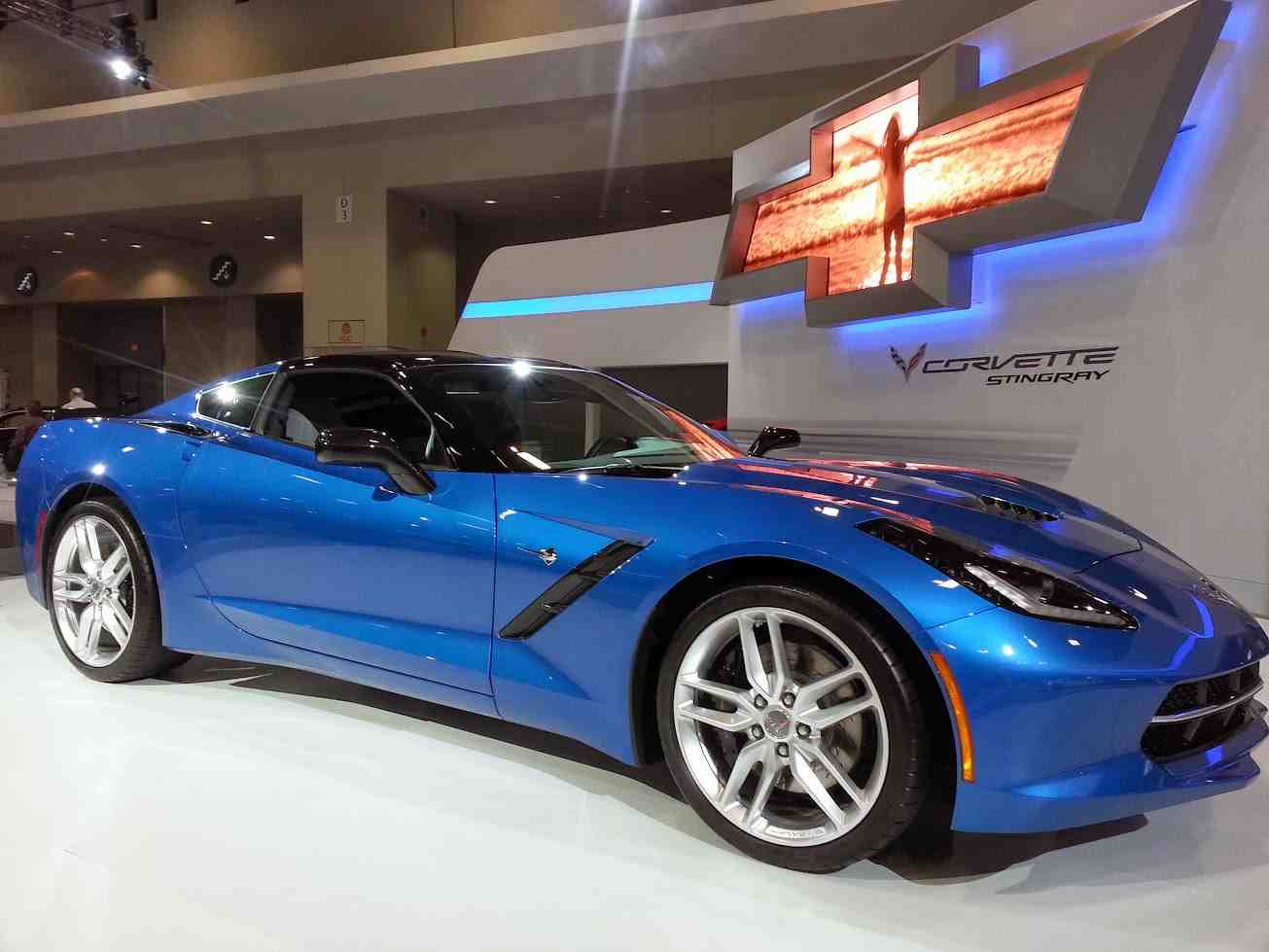A quick glance around this week’s Washington Auto Show might make you wonder if you’ve stepped into the past, with large trucks, SUVs, and sports cars getting all the attention. But look under the hood and you can see the auto industry’s more climate-friendly future.
The cars and trucks of 2014 are lighter, more aerodynamic, and powered by increasingly efficient engines. A key impetus for these improvements is tougher federal fuel economy and greenhouse gas emission standards. The auto show provides evidence that the industry is working to meet these ambitious standards, and that we can significantly reduce emissions without compromising consumer choice.
One way to improve fuel economy is to make the vehicle lighter. That’s exactly what Ford Motor Company did to the best-selling vehicle in the United States: the F-150. All 2015 Ford F-150s will have an aluminum body and truck bed – shedding 700 pounds while still being able to tow and haul more than the previous generation. That could boost its gas mileage from 20 mpg on the highway for the 2014 model to 30 mpg.


